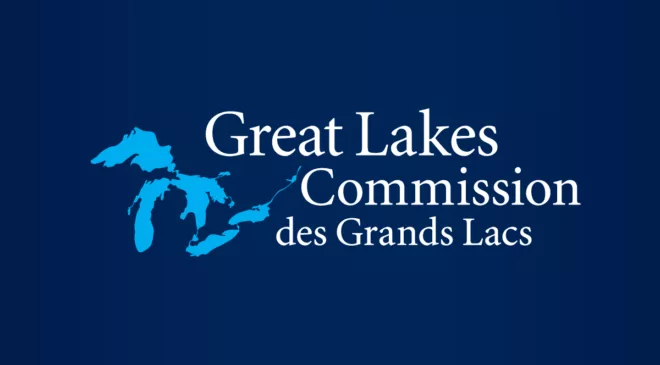Relative to other states, Michigan has long had some of the widest achievement gaps between students from low-income backgrounds and their more well-off peers, including gaps in early literacy. For this reason, state “at-risk” funding prioritizes early literacy programming and services, such as reading specialists and staff professional development.
These gaps have not gone unnoticed by state policymakers. Notably, the state “at-risk” appropriation tripled from $309 million in fiscal year 2014 to $952 million in the current, FY2024 budget, with 80% of this growth coming over the last two budget cycles. The per-pupil payment went from being prorated by one-third to being fully funded ($1,052 per “at-risk” student) in FY2023. The governor and both legislative chambers recommend a 13% increase for FY2025, bringing total funding to $1.1 billion.
The use of these funds is limited by law to instructional and non-instructional services, including medical, mental health, and counseling services, for “at-risk” pupils. To ensure the funds are helping students with the greatest needs, longstanding state policy requires districts to use 100% of their “at-risk” dollars to supplement, not supplant, funding received from other revenue streams. This prevents districts from diverting existing funding intended for “at-risk” services when state funding is increased. A similar prohibition on supplanting funding accompanies the federal funds used to serve students from low-income families.
However, Michigan’s longstanding funding policy of supplement/not supplant would be disrupted under the spending proposals offered by the governor and the two legislative chambers. Each would allow school districts to redirect a portion of their “at-risk” dollars for general district-wide expenses. While the details differ, each proposal provides districts with expanded flexibility to program these dollars to meet other priorities.
Proponents of the added flexibility argue that many districts need access to these dollars to meet current and future staffing challenges, including providing competitive wages and benefits across all district classrooms. Spending normally covered with base foundation dollars.
While all three proposals agree in principle to increase the spending flexibility attached to the targeted funds, they differ materially in terms of which districts are eligible to exercise that flexibility and the maximum amount of “at-risk” funds available for other spending.
The House proposal only applies to the Detroit Public Schools Community District, allowing the state’s largest district to redirect no more than 40% of its “at-risk” funds to other priorities. The Senate proposal expands funding flexibility substantially, giving every district the option to redirect up to 60% of its “at-risk” funds to other district-wide expenses. The governor’s proposal falls in the middle, allowing only the highest-poverty districts the option to reallocate no more than 30% of the targeted “at-risk” dollars to other spending priorities.
The potential fiscal impact of the Senate proposal would be substantial. If every traditional public and charter school district took maximum advantage of the new funding flexibility, only $4 of every $10 in “at-risk” funding would be spent exclusively to serve “at-risk” students Just $440 million of the total $1.1 billion appropriation. The remainder would be available to cover general district-wide teacher and staff expenses.
Districts already appear to be using the local budget flexibility they have with existing funds to direct proportionally fewer resources to schools with “at-risk” enrollments. And, allowing them the flexibility to reprioritize a portion of their “at-risk” dollars to increase teacher salaries and benefits across all schools will do little to address existing school-level funding inequities found in our recent analysis.
Public budgets are always about priorities. State leaders need to make clear their K-12 education funding priorities for next year. If the priority is to lift “at-risk” students, dedicated funding should be for that purpose. If the priority is to provide more general operating support, funding would be better appropriated to the base foundation budget. The spending proposals currently being considered provide mixed signals about the state’s priorities and backslide on the recent commitment to the educational needs of “at-risk” students.





